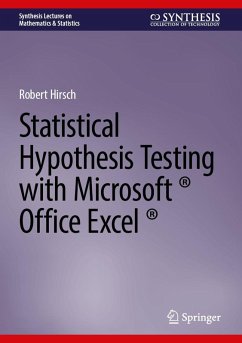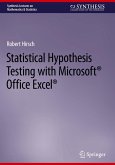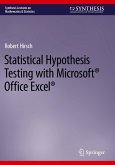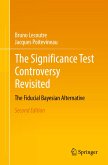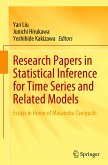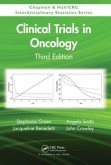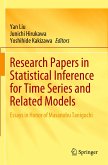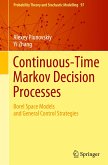This book provides a comprehensive treatment of the logic behind hypothesis testing. This updated edition covers frequentist (classical) and Bayesian approaches to interpretation of the results of a statistical hypothesis test. In a new chapter, nonparametric hypothesis testing is also discussed. The author describes the most commonly used statistical tests and provides instructions for how to perform them using Microsoft Office Excel. Readers will learn how to interpret P-values under a variety of conditions including a single hypothesis test, a collection of hypothesis tests, and tests performed on accumulating data. This new edition includes the chi-square test as a method for nominal data. The author provides frameworks for how to plan the size of a sample and how to select which test to use for a data set. This second edition will be of interest to researchers, graduate students, and anyone who has to interpret the results of statistical analyses.
Bitte wählen Sie Ihr Anliegen aus.
Rechnungen
Retourenschein anfordern
Bestellstatus
Storno

